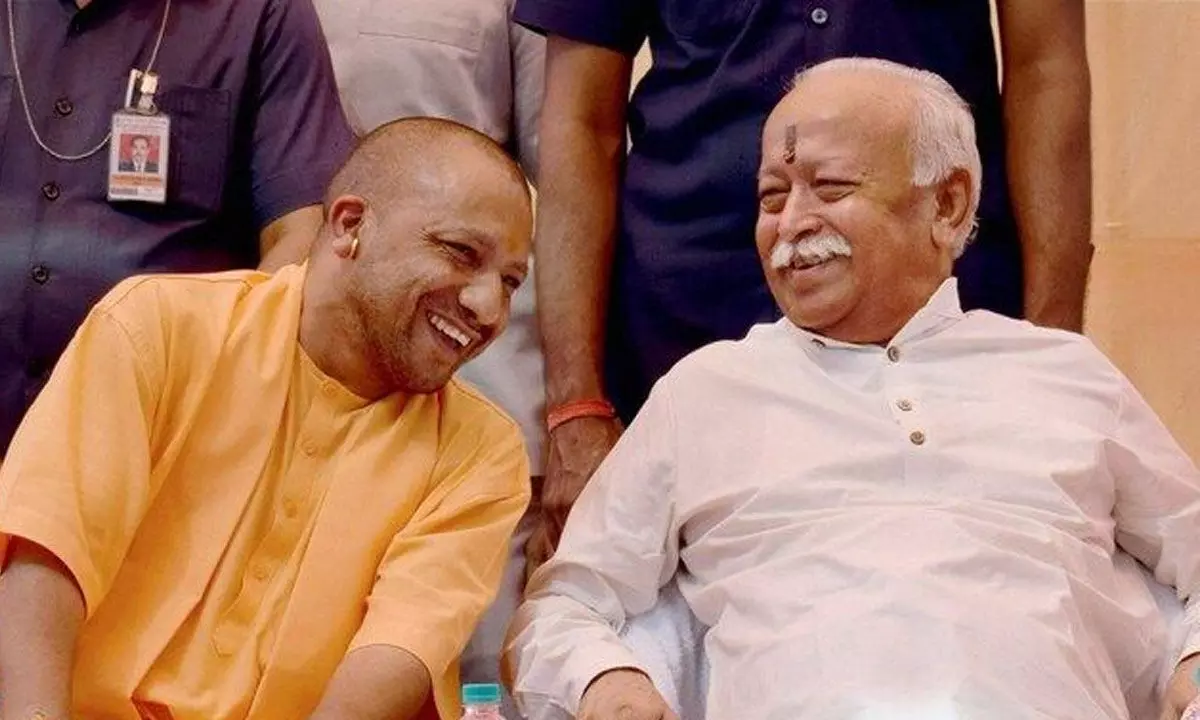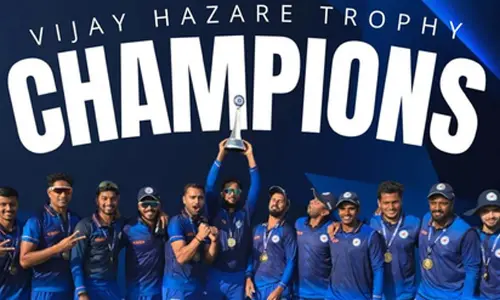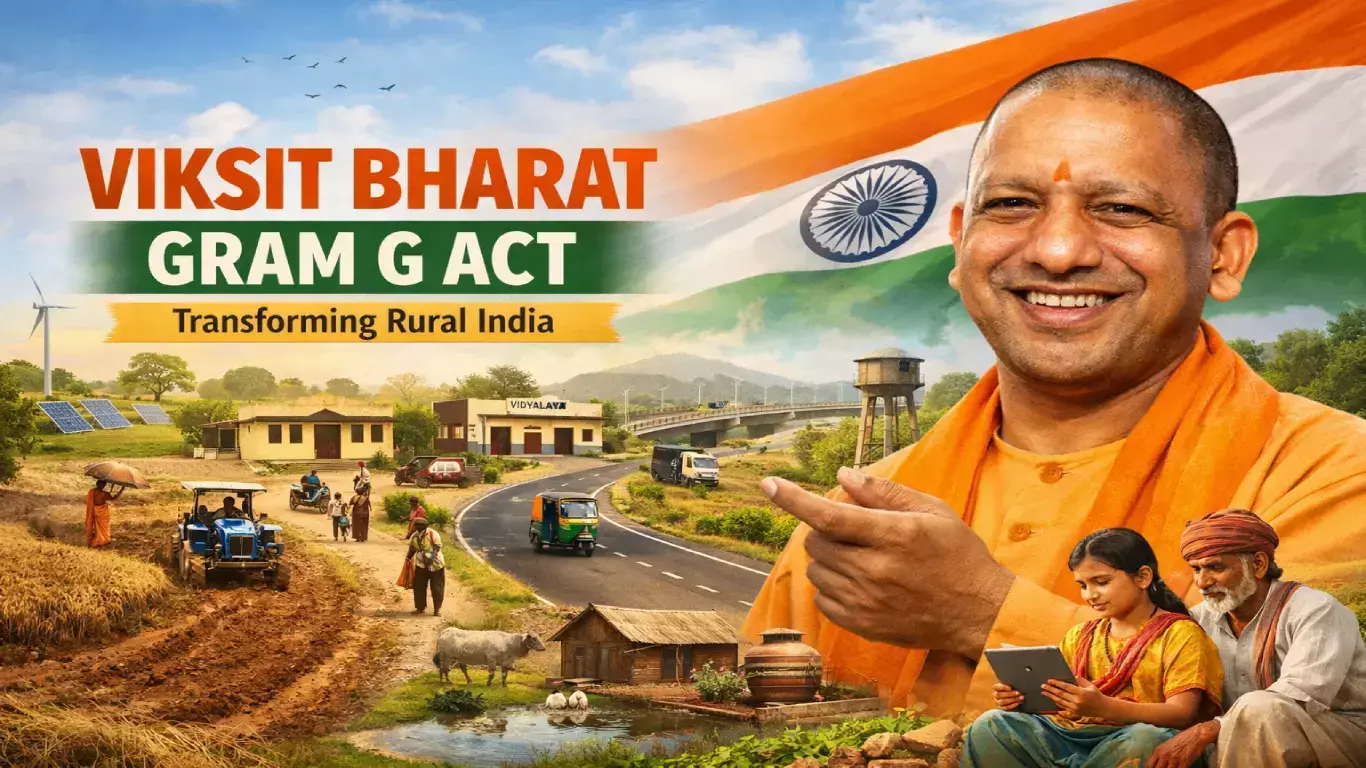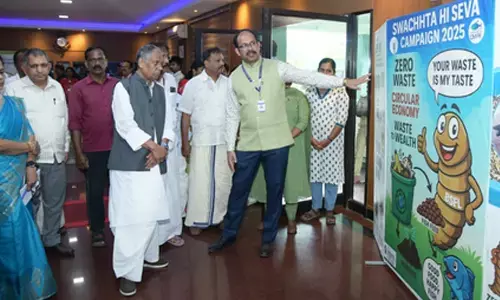BJP strides ahead, Oppn falters

A sizeable percentage of OBCs and SCs/STs voted for BJP in 2024
It has been a milestone decade for the BJP since 2014 with a literal turnaround in the perception of it being an upper-caste party to being most socially representative of all political formations in the country today.
Most parties are busy redeeming their religion and caste pledges, but the BJP is moving ahead on an agenda of inclusivity, focusing on winning over the marginalised sections of the society.
The party has strategically brought alive remarkable personalities who were rooted in the hearts of millions of Indians, but somehow were fading away from public memory as a result of certain political prejudices.
The initiative to develop ‘Panchteerth’, commemorating five significant places connected to Dr Babasaheb Ambedkar, awarding the Bharat Ratna to Bihar’s forgotten former Chief Minister Karpoori Thakur, iconic Kisan leader and late PM Chaudhary Charan Singh, veteran BJP leader L K Advani and legendary agriculture scientist M S Swaminathan, Modi-led government’s aim has been to reach out to all.
PM Modi’s repeated visits to places connected to revered figures such as Sant Ravi Das are significant as they connect with the sentiments of a huge population of Dalits.
The naming of Ayodhya airport as the ‘Maharishi Valmiki International Airport, Ayodhyadham’ pays homage to the sage who composed the epic Ramayana.
The BJP’s rising vote percentage all across the country in elections, from the panchayats and municipal bodies to state assemblies, to the Lok Sabha, is a result of careful calibration of the party’s strategy. It has become a major cause of worry for Prime Minister Narendra Modi’s detractors, who have been trying hard to stir up caste feelings in their favour.
Last year, when the BJP won the Assembly elections in three big states, a sizeable percentage of OBCs and SCs/STs voted for the party. The results in Madhya Pradesh, Rajasthan and Chhattisgarh came as a shock to the Congress and the rest of the opposition but it brought home the reality that the marginalised sections of the society have aligned with PM Modi’s BJP.
What appears today as progressive strategy for the BJP has its roots in the plans pursued with the ascendancy of PM Modi on the national stage. At the core of the strategy are policies focusing on the uplift and development of SCs/STs and OBCs. The best step has been PM Modi taking it upon himself to facilitate a tighter embrace between the BJP and these marginalised sections.
Validating this argument are numbers that show how PM Modi’s initiatives are helping maintain the BJP’s cross-caste coalition and nation-first ideology.
In the 2019 Lok Sabha elections, around 34 per cent of Dalits voted for the BJP, compared with 24 per cent in 2014. A similar change has also been seen in the OBC vote.
In the 2023 Assembly elections in four states, the constituencies reserved for SCs saw a swing in favour of the BJP. Of the 98 of these reserved seats in Madhya Pradesh, Rajasthan, Chhattisgarh and Telangana, the BJP won 57 and the Congress got 40. The Bahujan Samaj Party, whose primary base used to be the Dalits, performed miserably with an overall vote share of less than 4 per cent in each state.
The BJP’s performance in the reserved constituencies has seen a gradual rise and can only be termed as remarkable. Currently, 131 Lok Sabha seats are reserved, of which 84 are for the Scheduled Castes and 47 for the Scheduled Tribes.
The BJP won 77 seats in 2019 elections and 67 in 2014. The Congress could win only 10 constituencies in 2019.
This is significant in view of the usual narrative being floated by the opposition that the BJP is primarily an upper-caste party. They seem to be unable to come to terms with the fact that a sizeable chunk of the BJP voters are now from the backward and marginalised castes.
Since 2014, a plethora of pro-poor schemes have been launched and the biggest beneficiaries have been the Dalits, OBCs and tribals. The PM has himself said that “the biggest achievement of his government in the last ten years is to bring 25 crore people out of poverty”.
The PM Modi government in the past decade has provided a range of schemes to the poorer sections, majority from the Dalit and other backward sections -- free ration, bank accounts, cooking gas, toilets, electricity, housing, water and direct cash transfers.
PM Modi, who himself is an OBC, has brought about a sea change in the BJP’s reach among different communities and castes. The opposition, Rahul Gandhi in particular, while trying to raise the caste pitch, seems to be ignoring the fact that results have repeatedly exhibited the mindset of the masses.
A growing number of people, especially the youth, want to rise above caste, community and religious divides, and PM Modi has touched a responsive chord with them.














